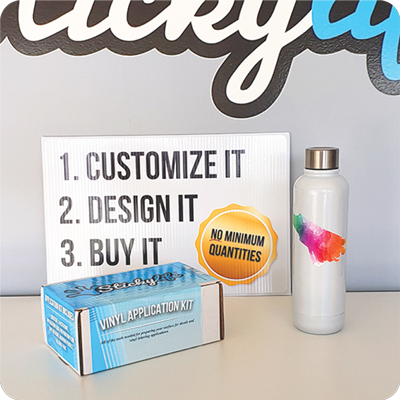Decal Application Surfaces


Decals can be applied to many different surface types, but not all surfaces will end with the best results.
The best surfaces for applying a decal are completely smooth and texture free like glass, clear glossy plastic, or enamel painted metal. Walls that have been treated with glossy or semi-gloss paints will also work great for vinyl decal application. For natural wood surfaces, you'll want to make sure the wood is treated with either a glossy clear sealant or polyeurothane before applying your decal.
Lightly textured surfaces like corrogated plastic or stainless steel can work for decals, though they can be a bit tricky to apply. We recommend using the Wet Application Method for any lightly textured surfaces. You may also find that using a heat gun also helps your decals adhere to lightly textured surfaces a bit better.
Surfaces with heavy textures like brick, concrete, cinderblock, and natural unfinished wood are not suitable for applying a decal. Such rough textures cut down on the amount of surface area available for your decal, and will prevent the adhesive from sticking to the surface properly.
For a full list of Acceptable and Not Recommended Surfaces for decal application, check out our tutorial page on How To Apply Vinyl Decals.
